A rate of return of 8% is very much achievable by the average investor. Using that magical number, how then do you reach the magical RM1 million mark? We show you the logic with a simple exercise in numbers.
How much do you need to invest to reach RM1 million at 8% compounding returns?
- 30 years: RM8,200 a year
- 20 years: RM20,300 a year
- 10 years: RM64,000 a year
Compounding is interest or gains on the initial principal investment and adding all accumulated previous interested.
Compound interest is basically interest on interest helping your total investment value grow faster.
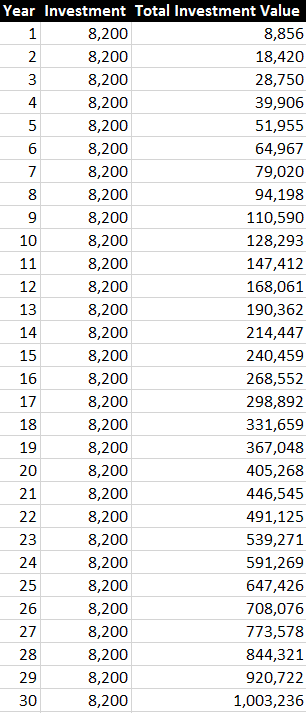
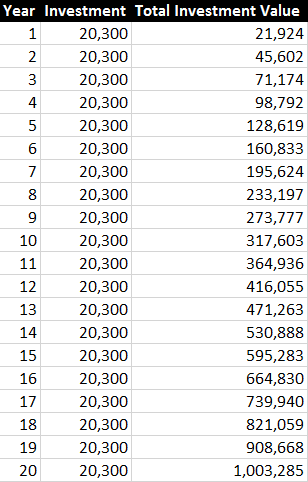
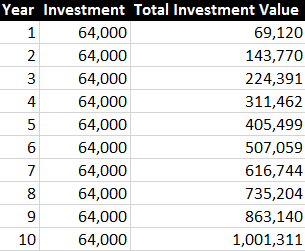
Lessons on Compounding
- If you start investing early with a long timeline, you only need to invest RM8,200 a year compounding at 8% to reach RM1,000,000.
(An example of a long timeline being 30 years – from when you start working at age 25 until you retire at age 55) - If you start 10 years later, you need to invest almost 2.5x the amount of RM20,300 a year for 20 years.
- If you start later by another 10 years, you need to invest 7.8x the amount of RM64,000 a year for 10 years.

Further Lessons on the Time Value of Money
Savings during your early years have the biggest impact on your wealth!
We illustrate our point with a simple 2-part example, using an annual vesting for 10 years. Observe how the two differing 10-year periods can have significant consequences to the viability of achieving the RM1,000,000 mark.
- If you were to invest RM13,800 for the first 10 years and do nothing after, your total investment value would grow to RM1,000,000 over 30 years.
- If you only started investing in the last 10 years, you would need to invest RM64,000 for the same period of 10 years in order to reach the RM1,000,000 mark.
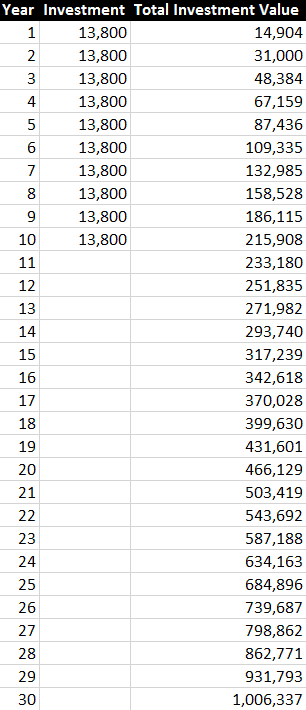 vs
vs 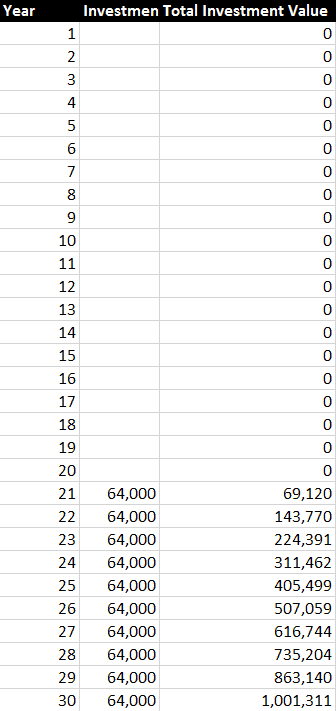
What Next?
Do delay no longer; take advantage of the benefits of compounding returns and start your investment planning immediately.
Further Reading
- Calculating investment returns based on ROI, AAR, CAGR, and IRR
- How do I reach 8% (and above!) returns? Contact us to find out!
Share and discuss on Compounding Returns



what is the formula to get the total investment value?
https://mypf.my/calculators/compounding-interest-calculator/
=FV(rate,duration,payment)
=FV(8%,10,-13800)